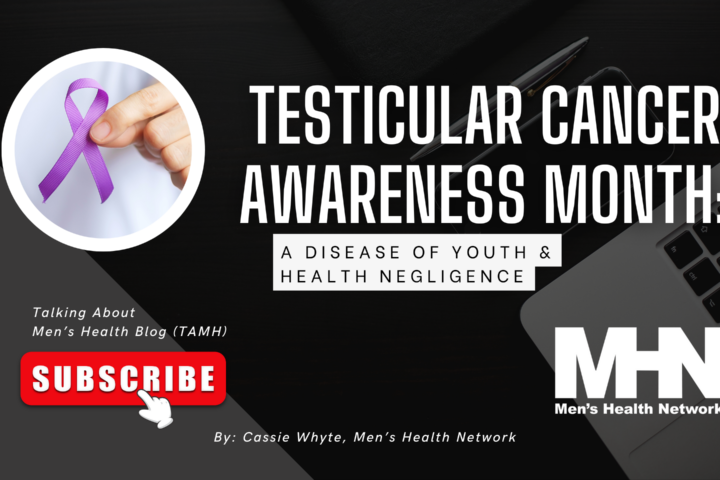Not long ago, you had to call your doctor’s office to schedule an appointment. If you were worried about that nasty cut you got while mowing the lawn or the muscle you pulled while playing baseball with your co-workers, you had to show your injury to your physician and describe any troubling symptoms during the exam.
Now, thanks to the advent of some pretty amazing technology, like electronic medical records and integrated communication systems — and healthcare providers’ willingness to latch onto these tools — the way you interact with your doctor, and vice versa, is rapidly changing. Check out the following examples of how technology is playing a big role throughout the healthcare continuum:
1. Helping Improve the Patient Experience
As more healthcare providers move toward a pay-for-performance model, they’re becoming particularly interested in providing better communication with their patients and encouraging these patients to take better control of their health. Cloud contact center solutions are allowing healthcare providers to do just that. As Aspect notes, cloud contact center software provides doctors’ offices with a number of features that will help improve the physician-patient experience.
For example, to reduce the risk of no-shows, Aspect’s cloud-based technology can deliver patients text messages and/or voicemail reminders about their appointments, enabling them to confirm, cancel or reschedule the visit all within the same interaction. By reducing the amount of time your office staff has to spend making phone calls, these employees can focus more of their energy on patient care, all thanks to cloud-based technology.
2. Understanding How EHRs Help Track and Monitor Patients
Rather than rely on traditional paper charts, many physicians are now using electronic medical records or electronic health records to chart patient progress. As HealthIT.gov notes, EMRs house patients’ basic clinical data, while EHRs include a more comprehensive health history and the ability to transmit communication between patient and provider.
Furthermore, EHRs provide a means for providers across the healthcare continuum to create, manage and share information about a patient. Both types of electronic records systems are more beneficial than charting by paper, because they let physicians track their patients’ progress, determine appropriate follow-up visits, and monitor their patients’ vital signs over time. In the case of EHRs, these electronic systems prevent multiple doctors from prescribing similar medications.
3. Connecting Providers to Patients Through Integrated Communication
As HealthITOutcomes.com notes, adopting integrated communication systems is another way physicians can improve the patient-provider relationship. HIPAA-compliant systems now allow patients to reach out to their doctors through Web and video chat as well as email and texting functionality. By utilizing these two-way communication systems, providers can save valuable time by providing virtual patient checkups that can potentially help patients forgo in-person physician visits.
For example, if a patient is battling a bad case of the flu and suddenly develops side effects from their prescribed antibiotic, they can take a photo of the problem area and send it securely over an EHR or via email to their physician. The physician can then review the photos, respond to the patient and possibly prescribe a new antibiotic. For patients who aren’t feeling well, their ability to receive medical advice and help without leaving home is quite beneficial.
4. Adding to Your Own Medical Data
Another way technology is changing the way patients engage with their physicians is the advent of virtual personal health assistants, which allow patients to play a bigger role in their healthcare delivery. A great example of this is taking and recording health-related data.
As Group One Health Source notes, if your physician has asked you to monitor your blood pressure every day for a month, you can enter in the readings to the electronic personal health assistant, rather than jotting down the numbers on paper. Then, when you attend your next appointment, the physician will already have all of the data you collected.
The virtual personal health assistant can also send reminders to patients to take their requested readings, which can lead to increased patient compliance and more complete data for the physician to review.




